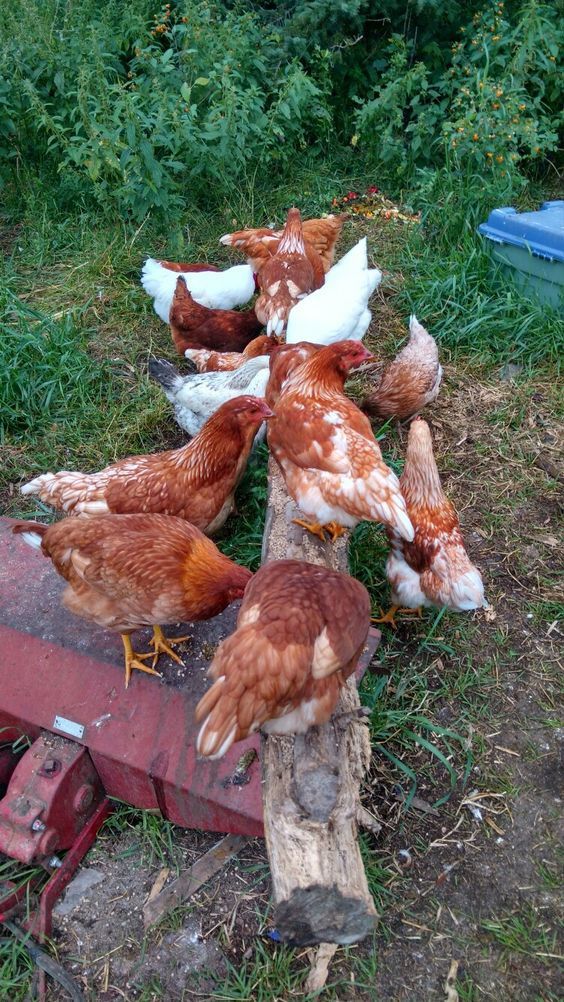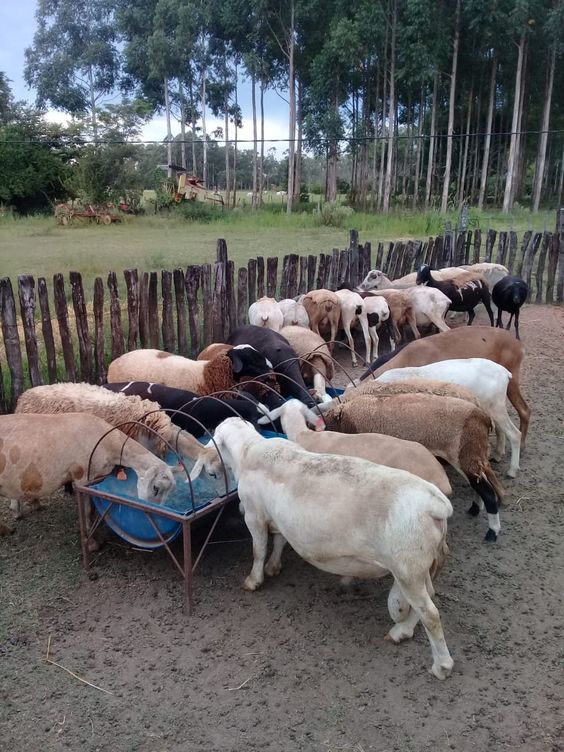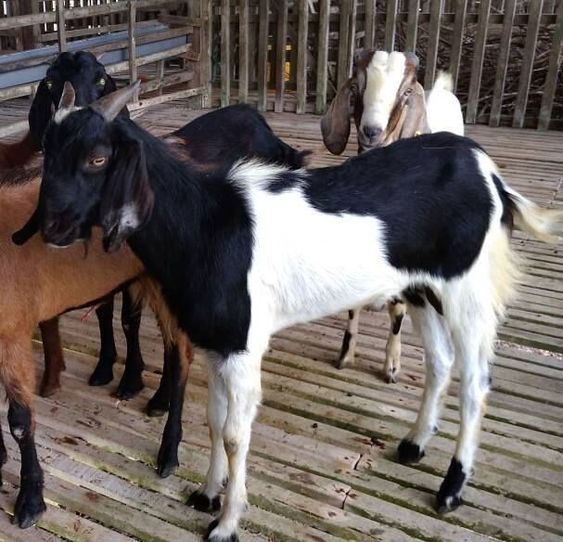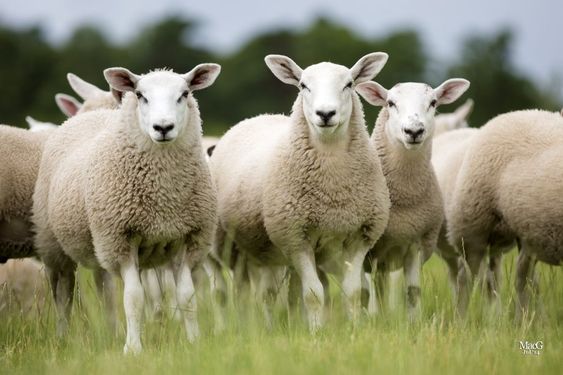Poultry Welfare: Enhancing Well-being Through Housing System Reforms
Poultry welfare has emerged as a critical concern in modern agriculture and animal husbandry. The increasing global population and the growing demand for poultry products have led to intensive production systems that can sometimes compromise the well-being of these birds. This article delves into the multifaceted concept of poultry welfare, exploring its definition, significance, and the factors influencing it. We will examine the benefits of prioritizing poultry welfare, the goals to be achieved, and various strategies for improving it. Additionally, we will discuss the role of keywords like “poultry welfare” in promoting awareness and driving positive change.
Poultry welfare encompasses the physical, mental, and behavioral health of chickens, turkeys, ducks, and other domesticated birds raised for meat, eggs, or other products. It involves providing birds with suitable living conditions, nutrition, healthcare, and opportunities to exhibit natural behaviors. While the concept has gained prominence in recent years, it is essential to recognize that it is not merely an ethical consideration but also a practical one, as it directly impacts the productivity and overall sustainability of poultry farming.
The Importance of Poultry Welfare
Poultry welfare has become a critical issue in modern agriculture due to ethical, health, and sustainability considerations. Ensuring the well-being of poultry not only meets societal expectations but also improves production outcomes.
Ethical Considerations: One of the primary reasons poultry welfare is important is the ethical responsibility of treating animals humanely. Society increasingly expects food producers to prioritize animal well-being, and ethical treatment of poultry aligns with this growing concern for humane practices in food production.
Animal Health and Productivity: Healthier, stress-free birds lead to higher productivity. Poultry raised in environments that prioritize welfare typically exhibit better health, higher egg production rates, improved feed conversion efficiency, and a lower incidence of diseases. These factors contribute to more efficient farming practices and better yields for farmers.
Product Quality: There is a direct link between the welfare of poultry and the quality of the products they produce. Chickens that are raised in good conditions, free from stress, tend to yield better-quality meat and eggs. The taste, texture, and nutritional value of these products are often superior, benefiting both consumers and producers.
Consumer Confidence: In today’s marketplace, consumers are more informed and concerned about the treatment of animals. Prioritizing poultry welfare can help producers build trust and loyalty among customers who seek ethically sourced food. By demonstrating a commitment to animal welfare, companies can enhance consumer confidence and foster a stronger connection with their market.
Public Image: A strong focus on poultry welfare can also improve the public image of producers and the broader poultry industry. It demonstrates a commitment to responsible practices, helping to build a positive reputation.
Sustainability: Ensuring poultry welfare is key to promoting sustainable agriculture. It encourages responsible resource use and reduces the environmental footprint of poultry farming, making it an essential element of long-term farming practices.

Goals of Poultry Welfare
Poultry welfare focuses on improving the overall quality of life for birds in agricultural systems, addressing both physical and psychological needs. By adhering to specific objectives, the poultry industry can ensure that birds are raised in humane, ethical, and productive environments.
Prevention of Suffering: One of the primary goals is to minimize pain, distress, and fear experienced by poultry. This includes preventing overcrowding, rough handling, and harmful conditions that may cause birds to suffer. Providing a safe and comfortable living environment is essential to reducing stress and avoiding unnecessary discomfort.
Optimal Physical Health: Ensuring the physical well-being of poultry is another key objective. Birds need appropriate nutrition, clean water, suitable housing, and timely healthcare to prevent diseases and injuries. Proper vaccination programs, hygiene management, and veterinary care contribute to maintaining optimal health, which in turn leads to better productivity and reduced mortality rates.
Behavioral Well-being: It is important to provide an environment that allows poultry to express their natural behaviors. Birds are instinctively driven to perform activities such as foraging, dustbathing, and perching. A welfare-focused environment provides them with adequate space and resources to engage in these behaviors, promoting both physical and psychological well-being.
Good Mental State: In addition to addressing physical health, the mental state of poultry is an important consideration. Stress and fear can negatively impact the overall welfare and productivity of birds. Ensuring adequate environmental enrichment, such as perches and objects to peck at, helps reduce boredom and stress, promoting a positive mental state.
Humane Slaughter: When the time comes for poultry to be slaughtered, it is essential that the process is carried out in a humane, painless, and stress-free manner. Implementing methods that minimize suffering during euthanasia is a crucial aspect of ethical poultry welfare management.

Key Factors Affecting Poultry Welfare
- Housing Systems: The type of housing significantly impacts poultry welfare. Cage-free, free-range, and organic systems generally offer better welfare conditions than conventional cages.
- Stocking Density: Overcrowding can lead to stress, aggression, and poor health. Adequate space is crucial for bird well-being.
- Environmental Enrichment: Providing opportunities for exploration, foraging, and social interaction can improve mental and physical health.
- Nutrition: A balanced diet is essential for growth, development, and overall health.
- Biosecurity: Preventing the spread of diseases protects bird health and reduces the need for medication.
- Genetics: Breeding for specific traits can affect bird welfare. Careful consideration of genetic selection is important.
- Management Practices: Skilled and knowledgeable management is vital for ensuring good welfare practices.
- Legislation and Standards: Clear and enforceable regulations and standards provide a framework for improving poultry welfare.
Strategies for Improving Poultry Welfare
- Adopting Alternative Housing Systems: Transitioning to cage-free or free-range systems can significantly enhance welfare.
- Reducing Stocking Density: Providing more space per bird allows for better movement and reduces stress.
- Enriching the Environment: Incorporating natural materials, perches, and dustbathing areas can improve welfare.
- Implementing Good Husbandry Practices: Proper nutrition, vaccination, and disease prevention are essential.
- Monitoring Bird Behavior: Observing birds can provide valuable insights into their well-being.
- Training and Education: Investing in training for farmers and workers can improve welfare practices.
- Collaborating with Stakeholders: Working with industry, government, and NGOs can drive positive change.
- Consumer Education: Raising awareness about poultry welfare among consumers can create demand for higher welfare products.

Poultry Welfare as a Keyword
The term “poultry welfare” has gained significant traction as a keyword in recent years. Its use in online searches, media, and academic publications reflects the growing public interest and concern for the well-being of poultry. By effectively utilizing this keyword, individuals and organizations can:
- Increase Visibility: Enhance the reach of content related to poultry welfare.
- Target Relevant Audiences: Attract people interested in animal welfare, sustainable agriculture, and ethical consumption.
- Drive Engagement: Foster discussions and debates about poultry welfare issues.
- Promote Positive Change: Encourage the adoption of better practices by highlighting the importance of poultry welfare.
Challenges:
- Economic Impact: The transition to alternative systems often involves higher initial investment costs due to infrastructure changes and potential reductions in production efficiency.
- Disease Management: Cage-free and free-range systems can pose greater challenges in preventing the spread of diseases due to increased bird density and environmental factors.
- Consumer Education: Raising consumer awareness about the benefits of higher welfare products and being willing to pay a premium price is crucial.
- Labor Requirements: Alternative systems generally require more labor-intensive management practices.
- Predation and Biosecurity: Free-range systems face risks from predators and increased exposure to pathogens.
Opportunities:
- Improved Public Image: A commitment to higher welfare standards can enhance the industry’s reputation and consumer trust.
- Market Differentiation: Offering higher welfare products can create a competitive advantage and premium pricing opportunities.
- Animal Health and Productivity: Better welfare conditions can lead to improved bird health, reduced mortality rates, and potentially higher productivity in the long term.
- Innovation: The transition to alternative systems can stimulate innovation in poultry housing, management practices, and feed formulations.
- Compliance with Regulations: Anticipating and adapting to evolving welfare regulations can help businesses stay ahead of the curve.
Factors Influencing the Transition
Several factors influence the pace and extent of the transition to alternative housing systems:
- Consumer Demand: Growing consumer awareness of animal welfare and willingness to pay for higher welfare products drive the demand for alternative systems.
- Government Regulations: Mandatory phase-out of conventional cages or incentives for adopting alternative systems can accelerate the transition.
- Economic Viability: The profitability of alternative systems compared to conventional cages is a crucial factor.
- Technological Advancements: Innovations in housing design, feed formulations, and disease prevention can facilitate the adoption of alternative systems.
- Industry Collaboration: Cooperation between producers, retailers, and policymakers is essential for successful implementation.
Case Studies
- European Union: The EU has implemented bans on conventional cages for laying hens, leading to a significant shift towards cage-free and free-range systems.
- United States: While there is growing consumer interest in higher welfare eggs, the transition has been slower due to a lack of uniform national regulations.
- Other Countries: Examining the experiences of countries with different approaches to poultry welfare can provide valuable insights.
Poultry welfare is a complex issue with far-reaching implications. By understanding the factors that influence bird well-being and implementing effective strategies, we can create a more humane and sustainable poultry industry. The use of keywords like “poultry welfare” is crucial in raising awareness and driving positive change. By working together, we can ensure that poultry are treated with respect and compassion.






